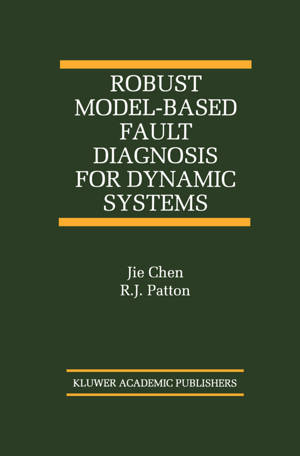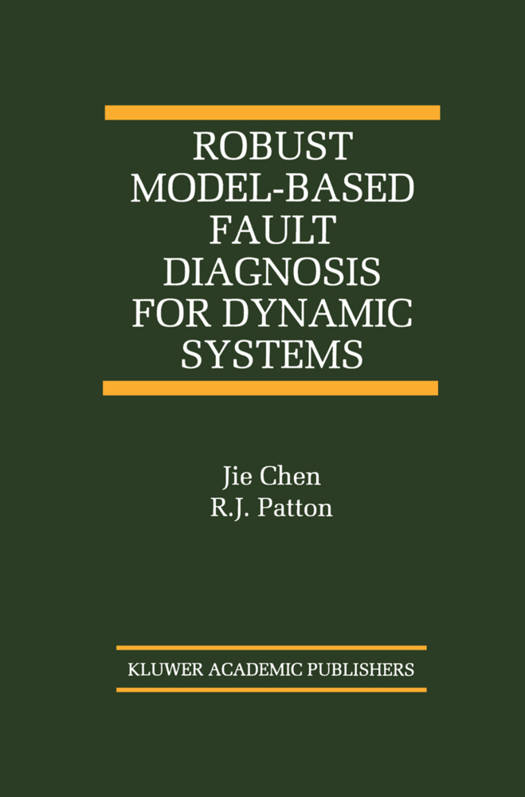
- Afhalen na 1 uur in een winkel met voorraad
- Gratis thuislevering in België vanaf € 30
- Ruim aanbod met 7 miljoen producten
- Afhalen na 1 uur in een winkel met voorraad
- Gratis thuislevering in België vanaf € 30
- Ruim aanbod met 7 miljoen producten
Zoeken
€ 503,95
+ 1007 punten
Uitvoering
Omschrijving
There is an increasing demand for dynamic systems to become more safe and reliable. This requirement extends beyond the normally accepted safety-critical systems of nuclear reactors and aircraft where safety is paramount important, to systems such as autonomous vehicles and fast railways where the system availability is vital. It is clear that fault diagnosis (including fault detection and isolation, FDI) has been becoming an important subject in modern control theory and practice. For example, the number of papers on FDI presented in many control-related conferences has been increasing steadily. The subject of fault detection and isolation continues to mature to an established field of research in control engineering. A large amount of knowledge on model-based fault diagnosis has been ac- cumulated through the literature since the beginning of the 1970s. However, publications are scattered over many papers and a few edited books. Up to the end of 1997, there is no any book which presents the subject in an unified framework. The consequence of this is the lack of "common language", dif- ferent researchers use different terminology. This problem has obstructed the progress of model-based FDI techniques and has been causing great concern in research community. Many survey papers have been published to tackle this problem. However, a book which presents the materials in a unified format and provides a comprehensive foundation of model-based FDI is urgently needed.
Specificaties
Betrokkenen
- Auteur(s):
- Uitgeverij:
Inhoud
- Aantal bladzijden:
- 356
- Taal:
- Engels
- Reeks:
- Reeksnummer:
- nr. 3
Eigenschappen
- Productcode (EAN):
- 9781461373445
- Verschijningsdatum:
- 2/11/2012
- Uitvoering:
- Paperback
- Formaat:
- Trade paperback (VS)
- Afmetingen:
- 156 mm x 234 mm
- Gewicht:
- 535 g

Alleen bij Standaard Boekhandel
+ 1007 punten op je klantenkaart van Standaard Boekhandel
Beoordelingen
We publiceren alleen reviews die voldoen aan de voorwaarden voor reviews. Bekijk onze voorwaarden voor reviews.











